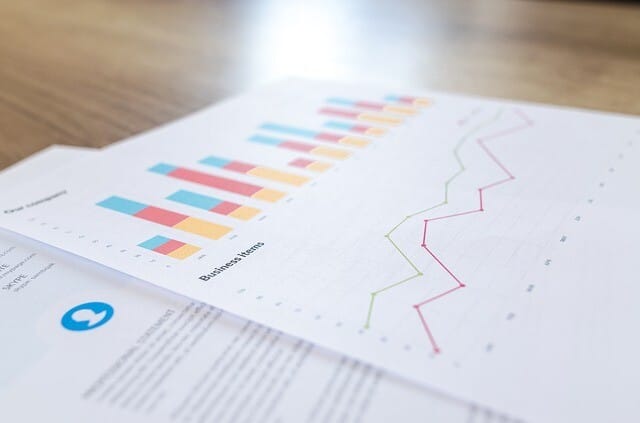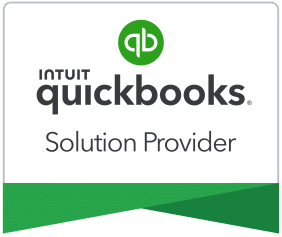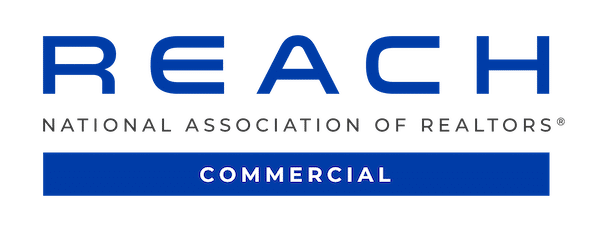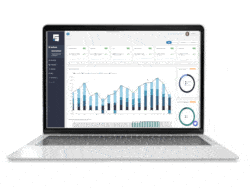Commercial property management necessitates a constant flow of information. When you manage multiple units, it can feel overwhelming. Each unit has a unique lease with its own deadlines, detailed clauses, and issues that will arise.
Be mindful of these things
Whether you rent retail spaces, multifamily properties, or office spaces, here are some of the main things you will need to track in a commercial lease.
Dates
The largest chunk of data — and often the biggest headache — are dates. You will want to stay on top of lease commencements, renewals and expirations, rent escalations and abatements, due dates for payments and more. Missing even one of these dates can be costly, leading to underpayments or an interruption in business. For example, forgetting about a negotiation prior to a lease renewal could cause you to lose out on extra income.
Financials
Commercial property managers must have finances tracked down to the penny. For each unit, you will need to track the base rent, operating expenses, insurance and shared expenses associated with common area maintenance (CAM). Also, lease tracking involves reconciliation reports, which should be available for auditing at any time.
Legal Matters
Since each tenant negotiates a unique lease agreement, you’ll need to stay on top of important clauses within each lease. In addition, you will need to ensure you are remaining compliant with local regulations.
How Do I Track Everything?
Is your head spinning yet? Don’t worry. Below are a couple of options for handling the the details of commercial lease tracking and property management.
Lease Tracking with Spreadsheets
Many landlords use spreadsheets to juggle information. However, this method may work for those who manage only a few units (less than ten leases). Spreadsheets have their limitations. Firstly, information must be entered manually. Not only is this a tedious and time-consuming task, it lends itself to user error. Even a small typo in a date or formula could lead to an entirely inaccurate lease schedule.
Additionally, spreadsheets are not designed for the complexities of lease management. While they may be excellent at managing numbers, spreadsheets are not as intuitive when it comes to attaching tenant notes and external documents like certificates of insurance. They also make it difficult to access a holistic view of your units.
Lease Tracking Software
Leasing tracking software is rapidly becoming the industry standard for lease management and an increasing number of property owners and managers are turning to these types of tools for managing leases. Lease tracking software allows you to consolidate data into one place. Also, lease tracking software can be used to send automated email reminders on important dates both to you and your tenants. Automating lease reminders can save you both time & money.
Another benefit of lease tracking software is its collaborative capabilities. With remote work on the rise, lease tracking software allows internal stakeholders to enter and pull data from virtually anywhere. Lease information is updated in real time.
Use STRATAFOLIO to Track Leases Automate Property Management
STRATAFOLIO seamlessly integrates with Quickbooks. It will keep track of crucial dates and dollars for you without missing a beat. It also offers tools that go beyond lease tracking, allowing you to manage investors, debt, cash flow and more. The best part? STRATAFOLIO automates many of the basic lease tracking processes, which makes your job easy! Schedule a demo of STRATAFOLIO today!






